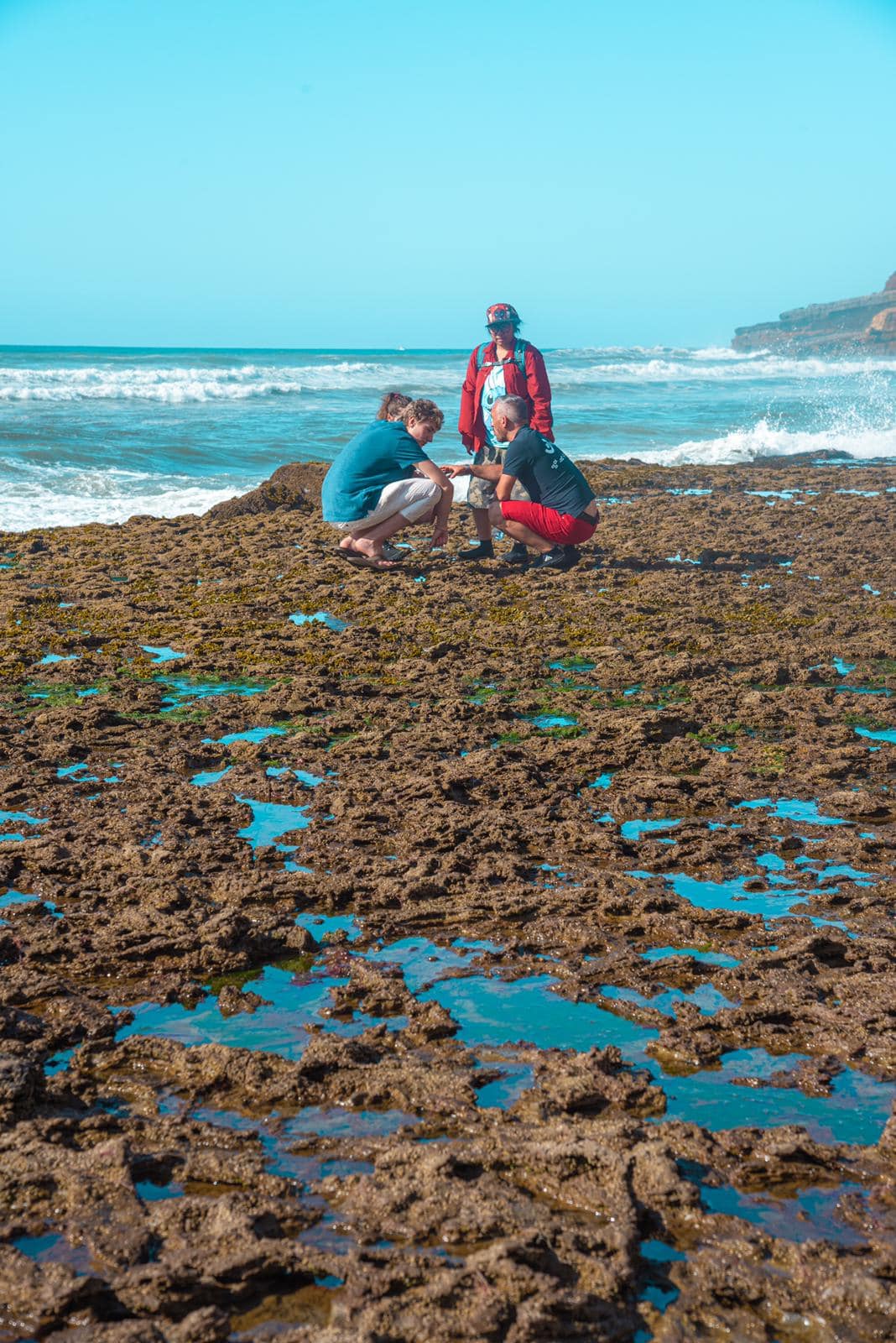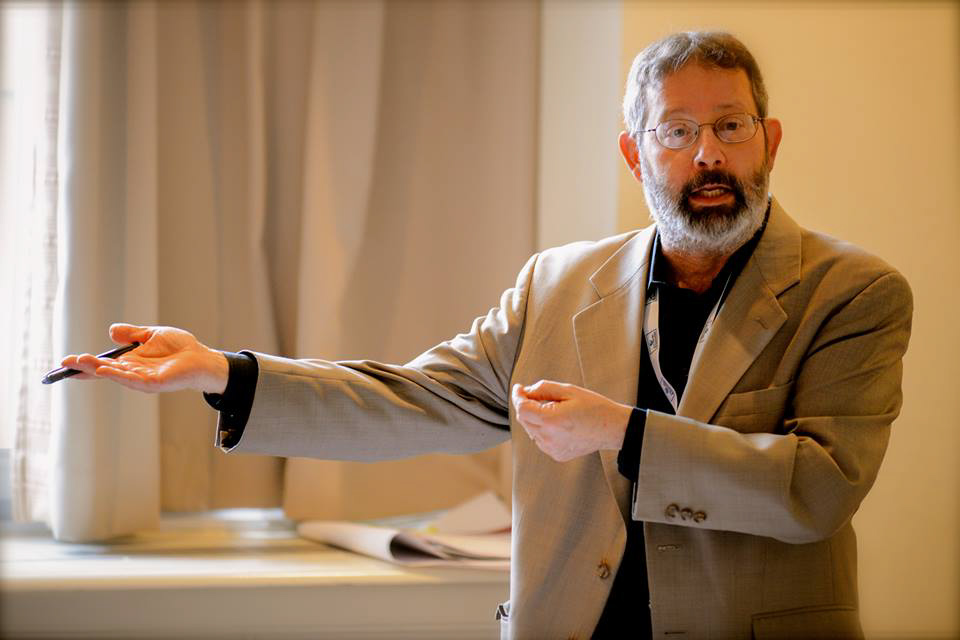
The day began as all good field classes do: with students gathered in the Lastinger Union, looking forward to exploring their current port , in this case, Lisbon, Spain.
Voyagers jumped on the bus and arrived at their first destination with time to spare, opening the morning to a much-needed cup of coffee. After shots of espresso (and, why not, some morning gelato) students set off to Oceanario de Lisboa, their first official stop of the day as part of their Oceanography field class.
Dr. Ed Sobey , the Oceanography Professor on the Fall 2019 Voyage , led students through the graffiti-lined streets to the entrance of the Lisbon Aquarium. The students skipped along rocks and extended their hands to touch the water as they passed under the fountain-made-awning. Inside, they were greeted by sea creatures made from fishing hooks, which glimmered blue in the morning light as they danced from the ceiling. Traditional Portuguese tiles lined the walls, dissipating in design as they reached the top, falling into a deep ocean blue. Every detail was designed with a purpose: to mimic the ocean and orient the viewer to what was to come.

Twirling sea otters, enormous sunfish, jellyfish, and flocks of puffin were among the creatures voyagers saw during our hour-long tour. When the local guide wrapped, students selected their favorite sea creature and logged every observance in their class journal. On their way to their next stop, a local fishing village, students discussed their findings with each other.
When the bus stopped at the fishing village, voyagers were surprised to find hundreds of small abandoned boats spotting the horizon. If it weren’t for the few fishermen working at the dock, the scene would have felt almost ghost-like; beautiful but abandoned. In reality, as students soon learned, these fisher-less boats were still making a catch, but with nets buried underneath the surface.

The last stop, and easily the most breathtaking, was the Magoito beachside. Voyagers wandered down a hundred stairs to sink their feet into warm white sand, ready to do field work. Voyagers climbed across rocks as the waves crashed around them, discussed the local ecosystems, crabs and tadpoles, wind and water erosion, and how the ocean affects both local wildlife and the economy.
“Walking the beach and making detailed observations at the Oceanarium transforms the learning process from reading about science to doing science,” Dr. Sobey said at during the bus ride back to the MV World Odyssey. “It’s the doing that makes it come alive.”


